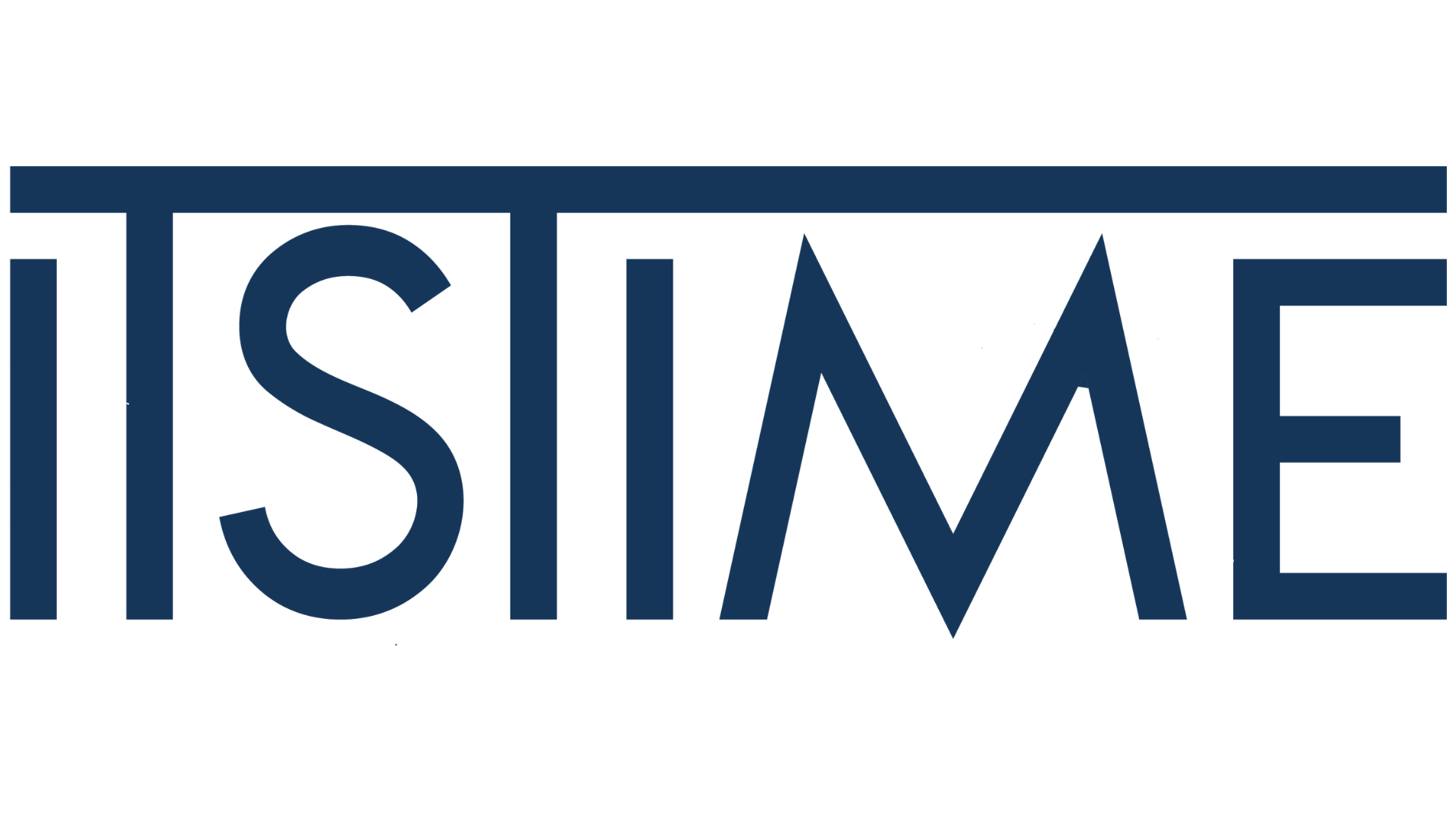The Wagner propaganda ecosystem is fragmented and made up of different actors that we have categorized. We identified a “top-down” propaganda architecture, composed of different materials disseminated by the leadership of the Wagner company, exploiting traditional media such as television, movies, events, and newspaper. Examples of this are the construction of the Wagner Center in St. Petersburg and movies produced by Aurum Production owned by Prigozhin.
On the other hand, the presence of “bottom-up” propaganda emerges, composed by the Wagner members themselves, who, drawing from the top-down official repertoire, produce and share copious material, for the most part, centred on war bulletins, images that incite enlistment. It’s important to note that those actors are also involved in financial support operations. These actors, usually mercenaries, immortalize themselves in war contexts with guitars, flags and weapons performing as first-person recruiters. Across these two systems, a spontaneous ecosystem has developed made up of supporters from all over the world, who feed the propaganda with memes and material of their own production.
The target of bottom-up propaganda and spontaneous ecosystem are subjects not – yet – enlisted but who support the actions of the Wagner Private Military Company. For this reason, they are the subjects most at risk and exposed to the possibility of being recruited. While the top-down apparatus emphasises, fascinates and reinforces the pro-violence narrative of the Wagner group the bottom-up movement instead becomes a window to the battlefield that galvanises and simplifies the recruitment process.


